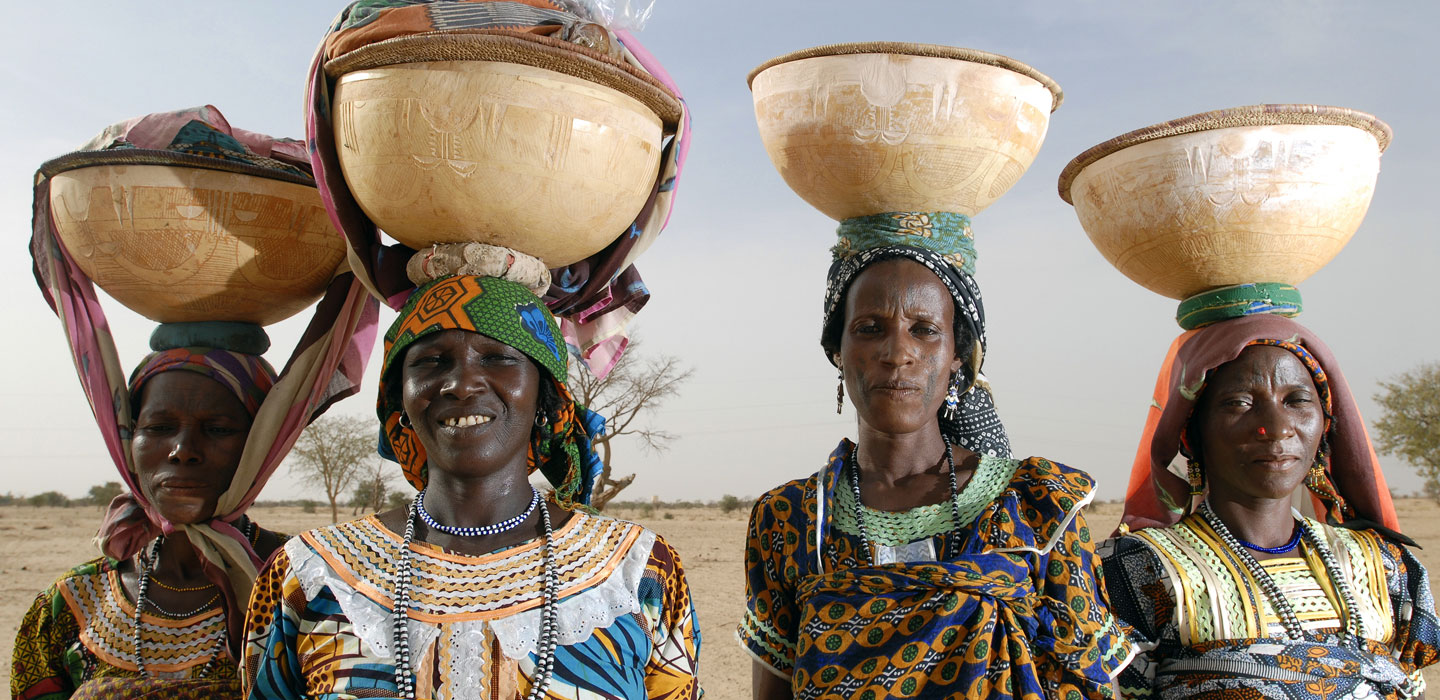Tools and guidelines
Tools and guidelines

Tools and guidelines
Menu Display
SearchResultsFilters
Search Results
Lessons learned: Reducing women’s domestic workload through water investments
April 2016
There is a recognized need in the water sector for more accurate data on access to water in terms of the distance travelled and the time needed to collect water to meet all household needs, and who or what combination of people are involved in water collection.
How to do note: Reducing rural women’s domestic workload through labour-saving technologies and practices
April 2016
This How To Do Note looks at the opportunities provided by labour-saving technologies and practices for rural women in the domestic sphere. The purpose is to inform IFAD country programme managers, project teams and partners of proven labour-saving methods available to reduce the domestic workload and how they can best be selected and implemented – to help promote equitable workloads between men and women and contribute to poverty eradication.
Case study: Family life model, Uganda
September 2015
This case study illustrates how the Family Life Model (household methodology) has been used effectively in Uganda, highlighting how it has worked in a particular context.
How to do note: Household Methodologies
September 2015
This How To Do Note provides a step-by-step guide on how to implement Household Methodologies (HHMs). It describes activities at the household level, different approaches for implementing HHMs, service providers and the facilitator system, and the role of the community and the wider environment. The main points to consider when incorporating HHMs in project design and implementation are noted.